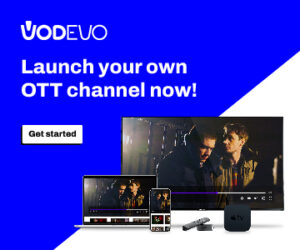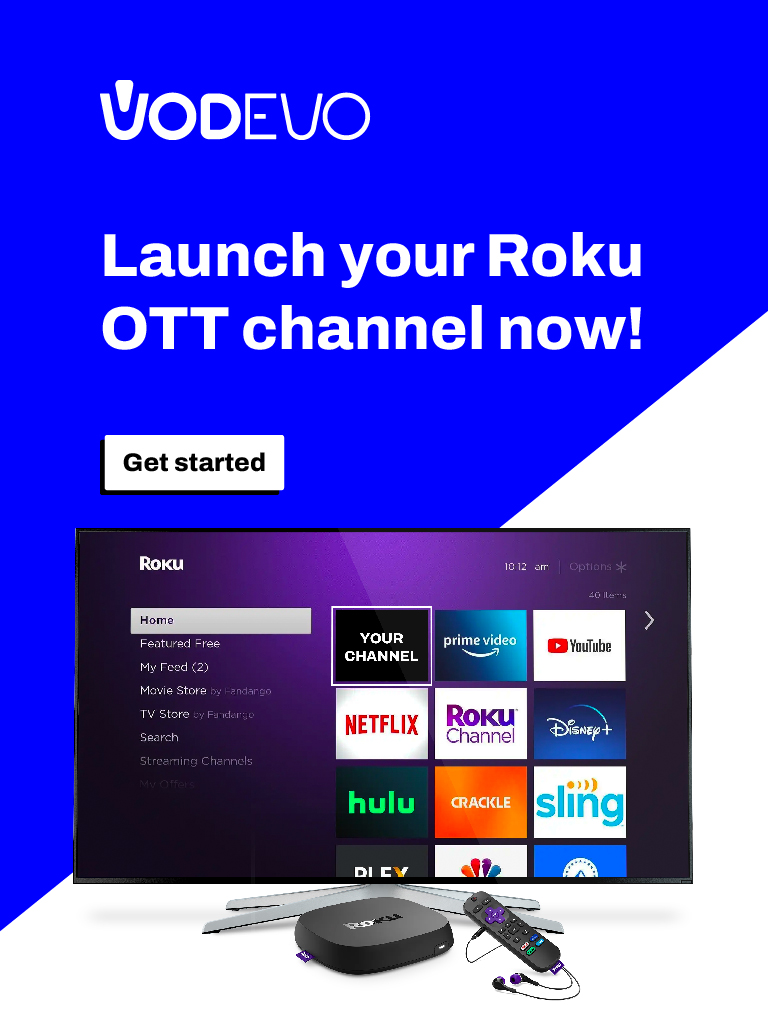Free ad-supported television (FAST) has emerged as a rapidly growing segment of the streaming industry, particularly since the onset of the pandemic.
According to Jason Thibeault’s insights in a Streaming Media Magazine article earlier this year, while FAST is not a completely new concept in the industry, it has gained significant traction due to the audience’s desire for a wide range of programming options without incurring additional costs amid inflationary pressures and higher living expenses.
The perspective of FAST channel
From a user perspective, FAST resembles traditional linear TV broadcasting, allowing viewers to flip through channels and watch specific shows at any time.
The added advantage is the absence of a monthly subscription fee, which has become an attractive proposition for users experiencing “subscription fatigue” from various paid platforms.
Given the optimized market elements for FAST channels, this trend creates a favorable environment for entrepreneurs to launch their own FAST platforms.
The FAST channel model offers flexibility in terms of programming options, ranging from licensing existing films and TV shows from content networks with extensive libraries to producing original and niche content.
However, successfully launching a FAST channel requires considering several key factors. The approach will depend on whether the focus is primarily on utilizing existing content or creating original programming.
Here are the essential elements to consider when developing a FAST channel, according to Jonathon Barbato, from the “digital TV synchronization studio” and FAST channel builder, Best Ever Channels:
- Operations: Ensure you have a team or partner well-versed in FAST channel programming and delivery intricacies.
- Marketing: Curate content that can create a unique brand identity amid the vast content landscape. Engage key influencers to take ownership of the brand and spread the word, as this leverage is crucial for platform launch and gaining viewership.
- Longevity via Dynamic and Niche Content: Have enough resources and content to sustain the channel in the long run. Avoid stagnation by constantly refreshing content to retain regular viewership. Utilize usage data to tailor programming to the preferences of the audience.
Barbato emphasizes that audience tastes and successful programming remain consistent across platforms.
Categories like action, comedy, music, lifestyle, and sports are perennial favorites. Classic hits can also work well. Professionally produced content with engaging visuals tends to attract and retain viewers, making them more likely to stay tuned to the channel. Conversely, poorly received shows are unlikely to garner sustained attention.
Conclusion
In conclusion, the FAST channel landscape provides a wealth of opportunities for content creators and entrepreneurs to tap into the evolving streaming market while meeting the preferences and expectations of today’s discerning viewers.
Unique and specialized programming also presents an exciting avenue with numerous possibilities for reaching targeted audiences.
Pascal Birot, from Viaccess-Orca, a provider of TV platforms, OTT, cloud, and content protection solutions, emphasizes the significance of offering niche content. Doing so creates a compelling value proposition for FAST channels, enabling better access to the intended audience and driving increased advertising revenues.
Rob Gambino, representing Harmonic, a streaming and broadband solutions provider, further highlights that the FAST market has evolved beyond merely airing old repeats of popular shows like Friends. Premium content has become a crucial element for achieving success in this competitive landscape.
Premium content that focuses on underserved audiences holds particular appeal. DeShuna Spencer, the Founder of kweliTV, which celebrates global Black stories and amplifies Black storytellers, was motivated to create a platform out of her own frustration.
She sought to move away from depicting Black trauma and negative stereotypes, instead focusing on showcasing Black history and culturally rich narratives. Prior to launching, she consulted with numerous Black filmmakers worldwide, many of whom were dissatisfied with the gatekeepers who dismissed or undervalued their completed work and the studios that compromised their creative integrity during the development process.
Additionally, Black industry veterans shared their frustrations about facing obstacles in securing carriage during the cable era, leaving several Black media entrepreneurs feeling entirely excluded.
The emergence of Connected TV (CTV) has provided Spencer with an opportunity to revolutionize the media landscape through groundbreaking programming. kweliTV dismantles the gatekeepers by giving independent Black creators the platform to showcase their work and earn revenue through their own streaming service.
However, as previously mentioned by Barbato, “brand leverage” remains crucial for discoverability. Spencer acknowledges that while they have made progress as promised, they still require distribution partners to reach customers more rapidly, diversify their revenue streams, and scale their operations. Collaborating with distribution partners would aid in achieving their goals more efficiently.
Fast channels is the future?

Paul Kontonis, the Chief Marketing Officer for Revry, a streaming network launched in 2016 with a focus on queer content and creators, highlights three essential principles that guided them when launching their FAST channel:
- Audience Commitment: Revry is dedicated to serving the LGBTQ community and its allies. All programming is tailored to address their entertainment needs that often go unmet by mainstream media.
- Purpose Beyond Tune-In: Their purpose is to inspire exploration of LGBTQ stories, not just for entertainment but also for the social and economic benefits of the community. Revry’s original programming is created by and for the LGBTQ community.
- Representation Matters: Inclusive storytelling is of utmost importance, and Revry celebrates the beauty of the queer community, including the trans community and drag performers. The platform aims to provide a safe space for their voices to be seen and heard.
When discussing the challenges of discoverability and distribution for niche FAST channels, Kontonis acknowledges that driving viewership is the most demanding aspect. With numerous FAST channels vying for viewers’ attention, the costs of acquiring viewers can surge significantly. To overcome this, having a clear and distinctive value proposition is crucial to stand out from the competition.
Additionally, making the channel easy to find and access on the platform is vital. Off-platform marketing on social media and owned media plays an equally important role in creating awareness for the channel and its content.
Kontonis emphasizes the significance of promoting the channel brand and specific programming to build familiarity with viewers. He suggests that relying solely on generic keywords for search may not be sufficient, and viewers are more likely to engage with content they recognize, such as specific movie and series names.








